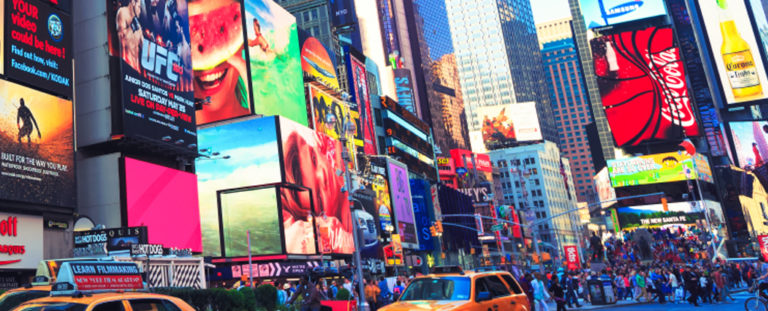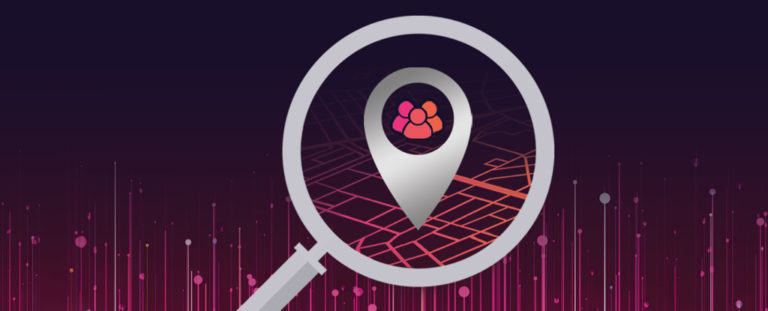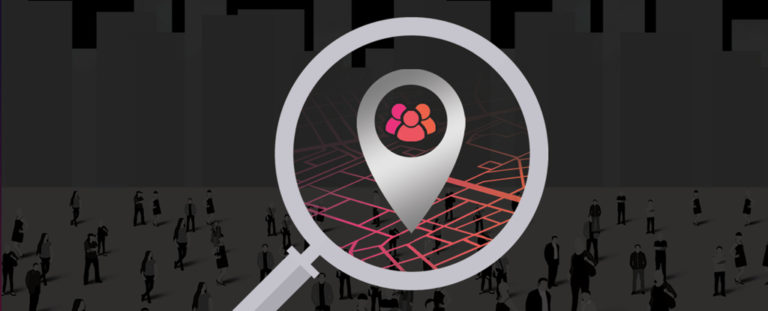QR Codes Redemption Era
Published: May 18, 2022
Quick response codes, better known as QR codes, have been around for nearly thirty years, first developed by a Japanese manufacturing company known as Denso Wave to aid in tracking vehicles and automobile parts. Ever since, the 2-D barcode has been primarily viewed as an afterthought until it dramatically skyrocketed in popularity due to the pandemic.
Before the smartphone's built-in QR code reader, consumers had to download a separate app to scan QR codes. Now, QR codes are convenient and easy - with most phones containing the functionality to scan QR codes directly from the camera app. Plus, it is contactless, creating a sense of safety in public places - replacing physical menus, boarding passes, and even service staff.
As QR codes become widely popular in restaurants, doctors' offices, public transportation, and retailers, the same goes for DOOH advertising. Alfi's research discloses that nearly 98% of global senior advertising executives see potential in using QR codes in DOOH campaigns while cultivating massive growth in advertising and marketing.
With the demise of third-party cookies, brands have an opportunity to utilize QR codes in DOOH advertising to effectively provide comprehensive first-party data to build a better profile of their customer base and witness traffic mobility on dedicated landing pages where they can measure direct attribution. In the same Alfie study, roughly 92% of senior advertising executives agree that QR codes will provide brands and DOOH companies with more comprehensive data to create personalized and engaging content for their consumers.
QR codes aren't just beneficial for brands to acquire first-party data but will ultimately heighten the consumer experience. Senior advertising executives rated immersive experiences as one of the best benefits of QR codes in the DOOH industry. Furthermore, almost 100% of them believe advertisers looking to target Gen-Z successfully must leverage QR codes for this reason alone.
One example is KFC, which launched a never before seen DOOH ad campaign that featured huge QR codes to foster customer engagement, blending the online and physical world. When people interacted with the QR code using the Snapchat app, they unlocked a specially-branded KFC filter, headlining Colonel Sanders, that would offer special in-store promotions and deals. This campaign was the first time DOOH ads employed the 'snap to unlock' feature in the UK and wound up becoming a massive victory in seizing younger generations' attention while fusing digital and conversion in a new way.
Today, brands are no strangers to stamping QR codes on their DOOH ads - mainly in high dwell areas - driving immediate conversions with just a single point and click while seizing consumers' attention with real-time engaging ads. In Alfie's research, 97% of senior advertising executives say QR code interactivity will lead to greater creativity in DOOH advertising. In addition, the study revealed that the executives believe the budget for advertising will be moved from traditional channels, such as television, newspapers, magazines, and radio, to increased spending on DOOH in 2022.
Digital out-of-home advertising combined with QR codes can play a huge role in acquiring new customers, achieving substantial brand awareness, increased interactivity, and connecting with customers in real-time with relevancy and urgency. DOOH and QR codes are poised for successful endurance to reach a broad audience, so if you're ready to plan and launch your DOOH campaign, our team of experts is prepared to help at no charge! Contact us at concierge@adomni.com.
Written By: Julia Cramer
To get the latest updates on out of home advertising, digital marketing and technology, follow us on:
Or sign up for our newsletter.






